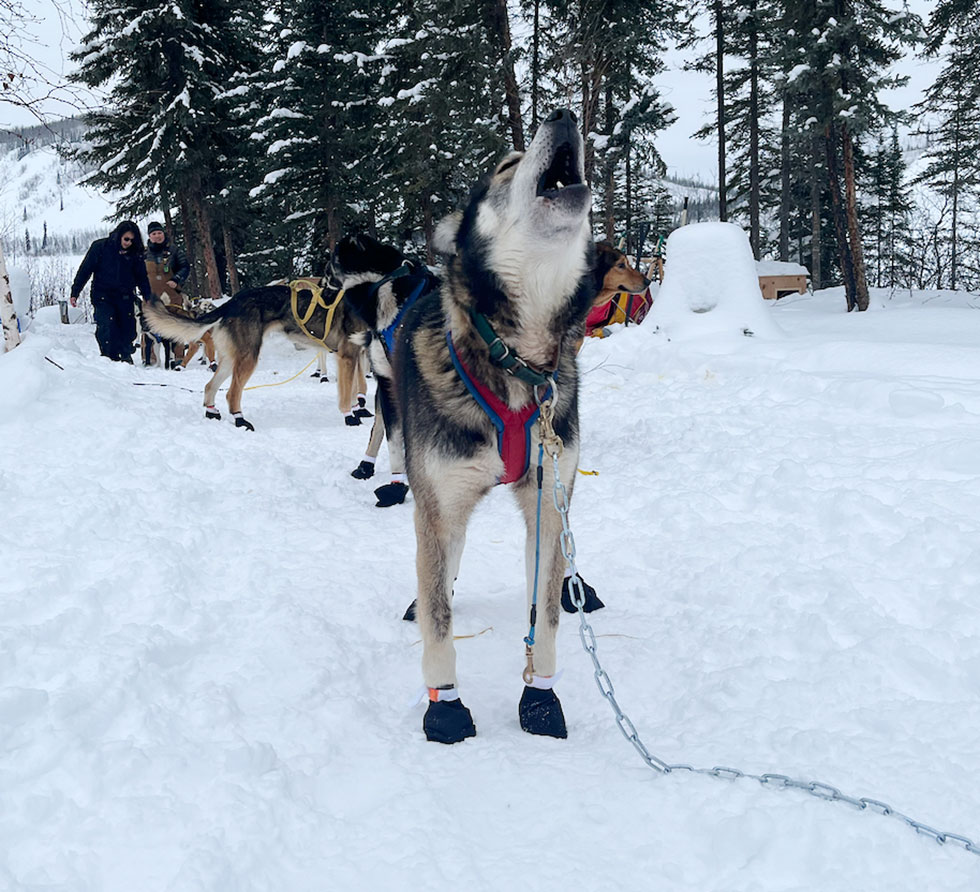 Her interest in northern environments and cultures began when she was 18 and moved north of the Arctic Circle in the Yukon. For over two years, she mushed huskies, hunted caribou, fished for salmon, tracked bears, and otherwise learned to survive in the taiga and tundra. In this spotlight, she shares what it's like being back in the region and how her research is progressing:
Her interest in northern environments and cultures began when she was 18 and moved north of the Arctic Circle in the Yukon. For over two years, she mushed huskies, hunted caribou, fished for salmon, tracked bears, and otherwise learned to survive in the taiga and tundra. In this spotlight, she shares what it's like being back in the region and how her research is progressing:
"As an environmental historian, I use all kinds of sources in my work. For my current project on the ecological and legal pasts of the Yukon River, I'm spending a lot of time in archives in Alaska this spring. But I'm also spending time on the Yukon River itself, traveling the way people have for generations in the Arctic and sub-Arctic interior: by dogteam.
The frozen, snow-covered river is a wintertime highway, connecting communities without road access. Mushing lets you slow down and — compared to traveling by snow machine — quiet down and really see the landscape. In some cases, I can compare it with photographs or other evidence from the past. One thing that's striking this year: the extreme snowfall, more than 90 inches in places. Such accumulation is unusual, and likely driven by climate change."